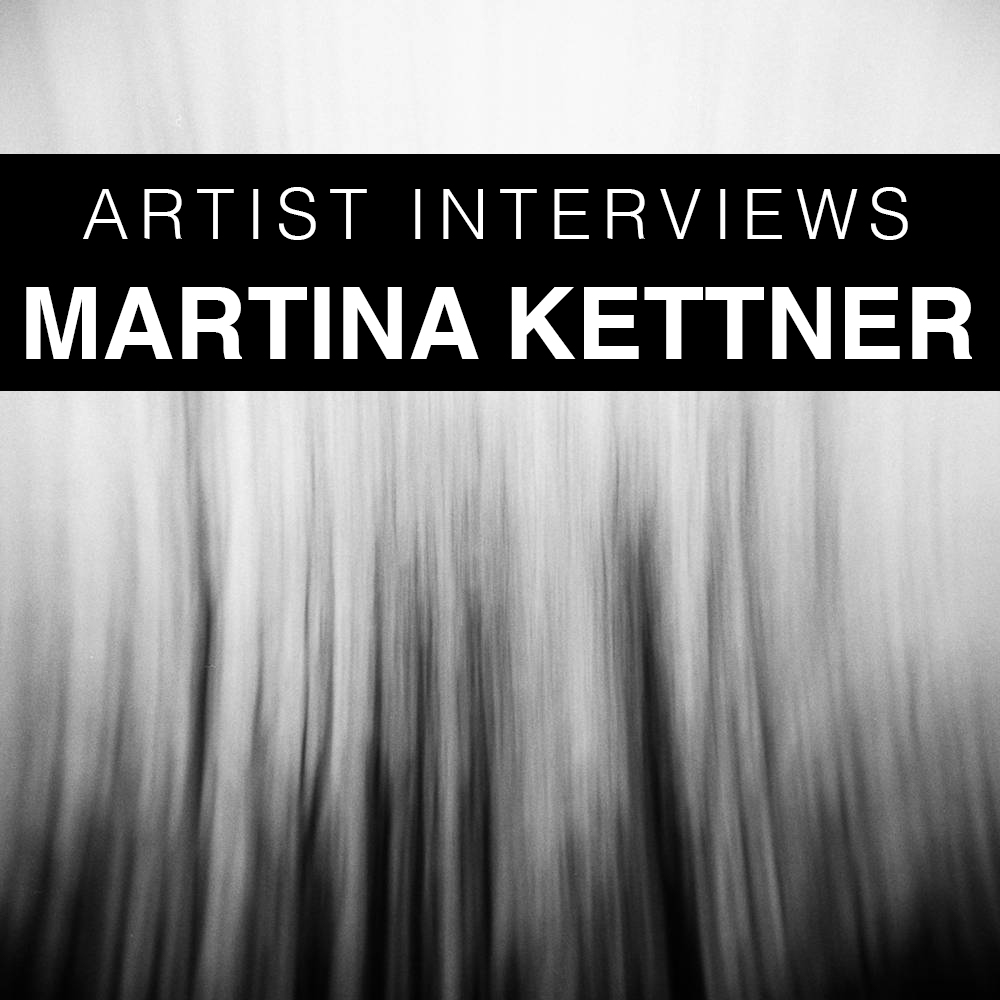These past weeks have been pretty exciting. There are plenty of new cameras coming out soon, and even if you have no plans to get any of them (like me), I'm sure we can still agree that new camera gear is always interesting.
Most camera companies are giving their new cameras incremental updates. Yes, Canon, Nikon and Panasonic just announced their first full-frame mirrorless cameras, but they are -at best- just small improvements over what we already have now.
Even Fujifilm and its new medium format cameras are about polishing and making stuff that was already here, a bit better.
I wanted to mention one company who has gone a slightly different way, though: Zeiss and its first full-frame camera, the ZX1.
What's different about this camera has little to do with the hardware and everything to do with the software. The ZX1 looks like someone took an Android phone and attached a full-frame sensor to it. This makes me wonder about the booting up times.
Built-in Lightroom, smartphone-like features like the gallery and sharing capabilities, built-in battery (ouch) and ZERO SD card slots (it comes with a whopping 512GB of internal storage). The experience of using this camera will be very different from using other cameras we are more used to.
Most of the software features in this camera look a little gimmicky: who's going to edit images in the camera? Keep in mind: that will use battery, that you can't change since it's built-in.
This is why the title of this post has a "sort of" at the end.
I look at the ZX1 as a hint of what the future might bring, though. Computational photography is going to play a big role in the near future as modern phones have been showing us for years, but we are yet to see it making its way into "real" cameras.
If the iPhone XS can do what it can do with that tiny sensor and lens, just imagine what a full frame camera could do in the future.
Seeing Lightroom in a camera also reminds me of the attempt made by Sony to bring apps to their cameras. Now abandoned, it was a brilliant idea that got a poor implementation. I'd love to see apps making a come back into cameras - that'd open a whole new world of innovation.
Anyway, just my two cents on the Zeiss ZX1 and the future of photography.






